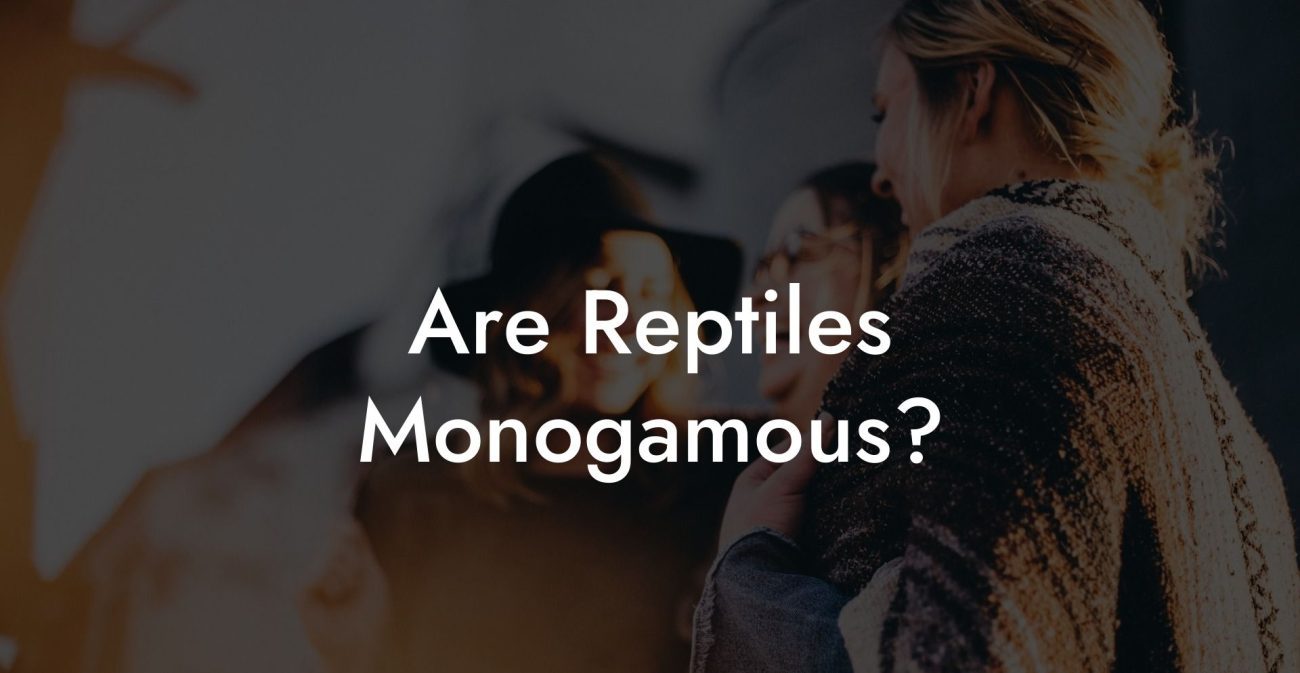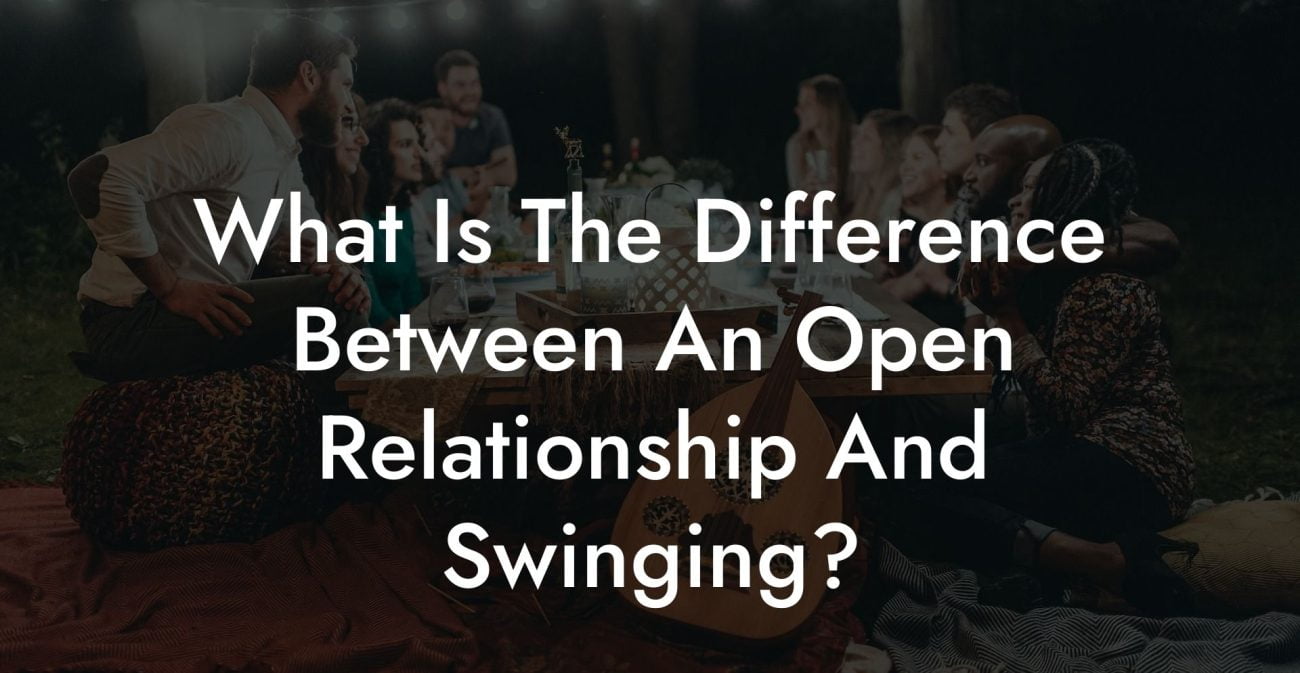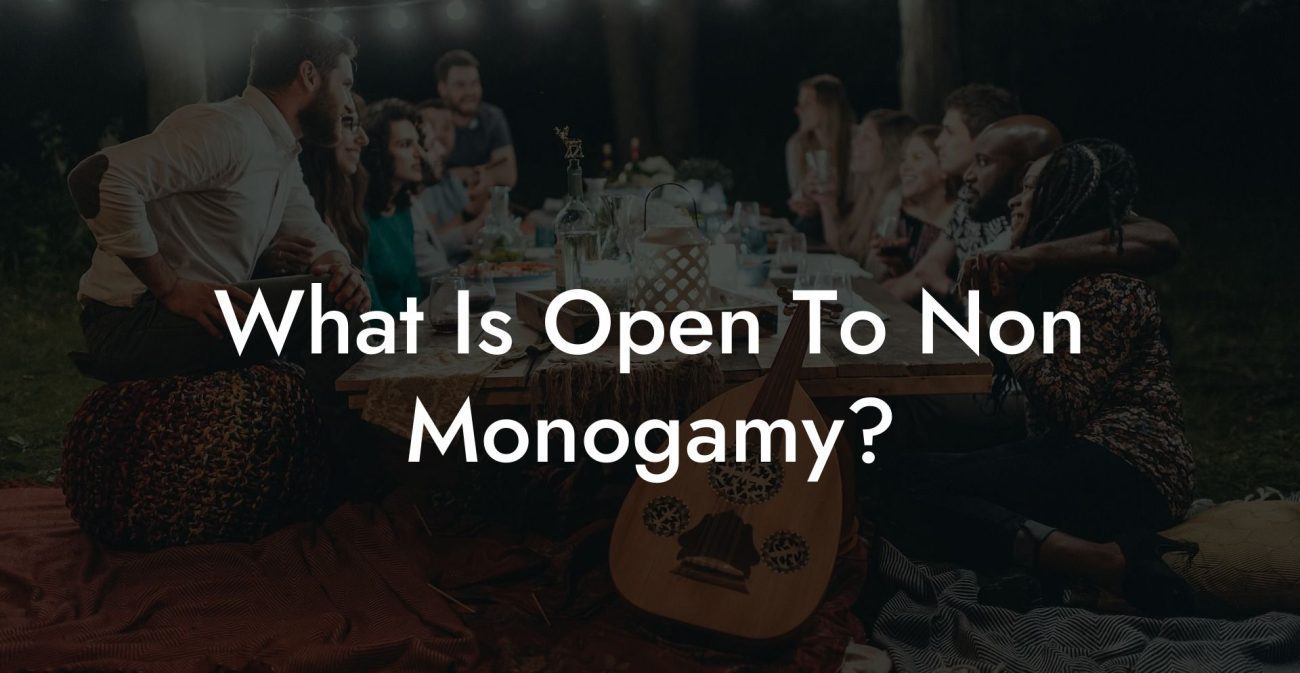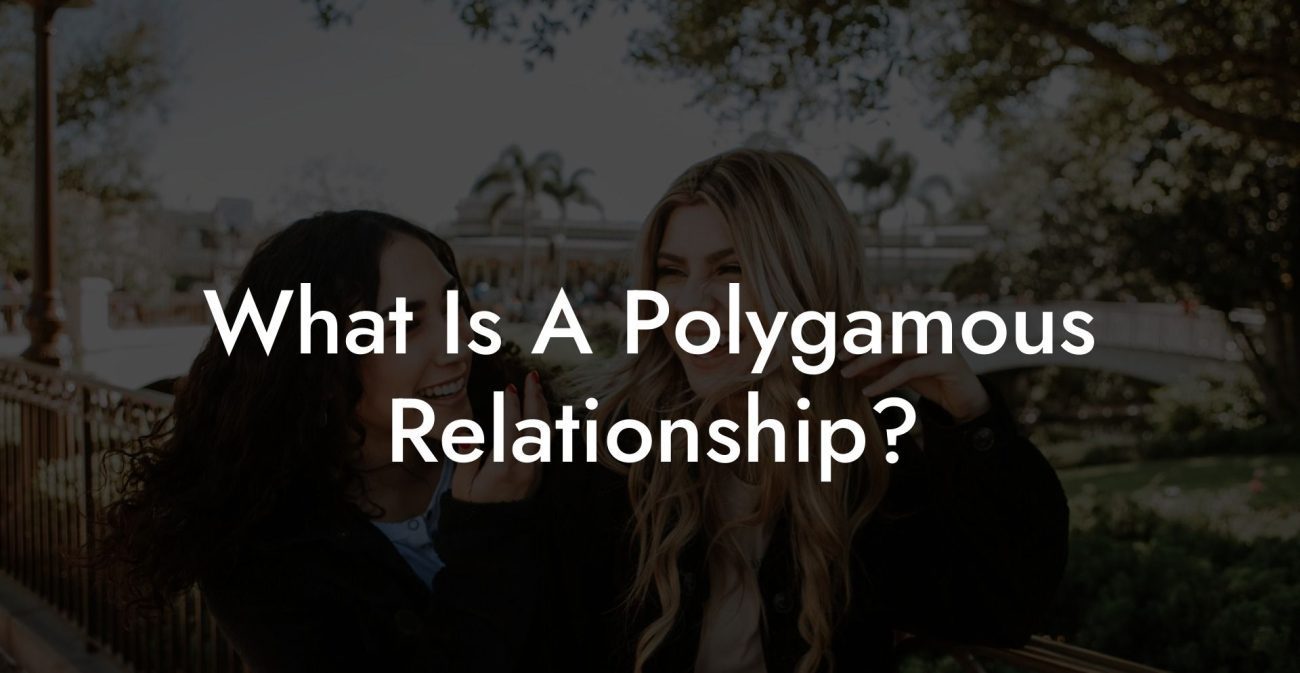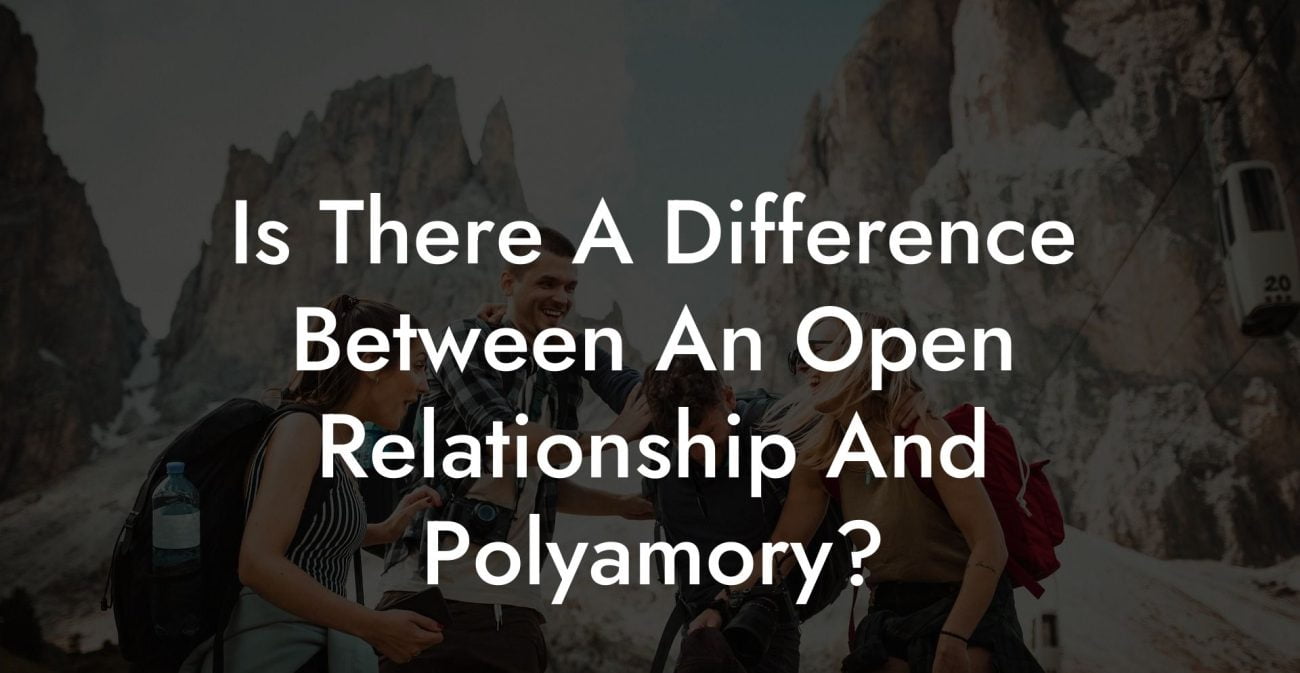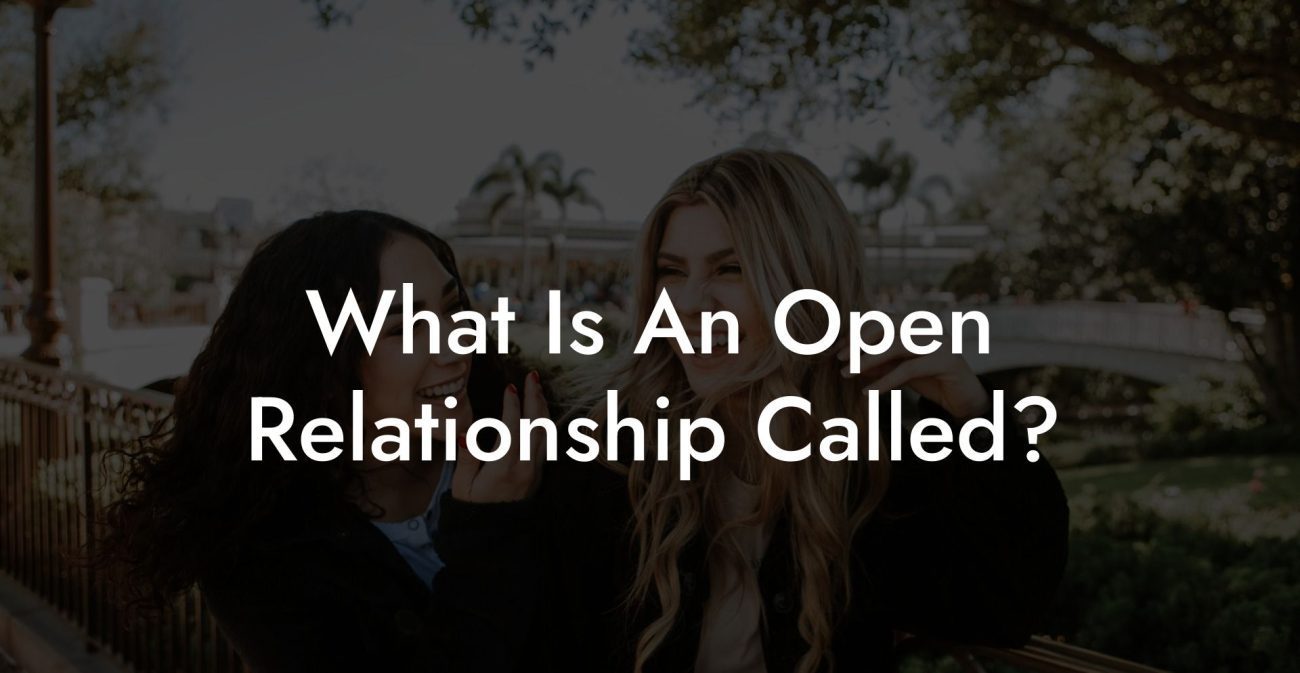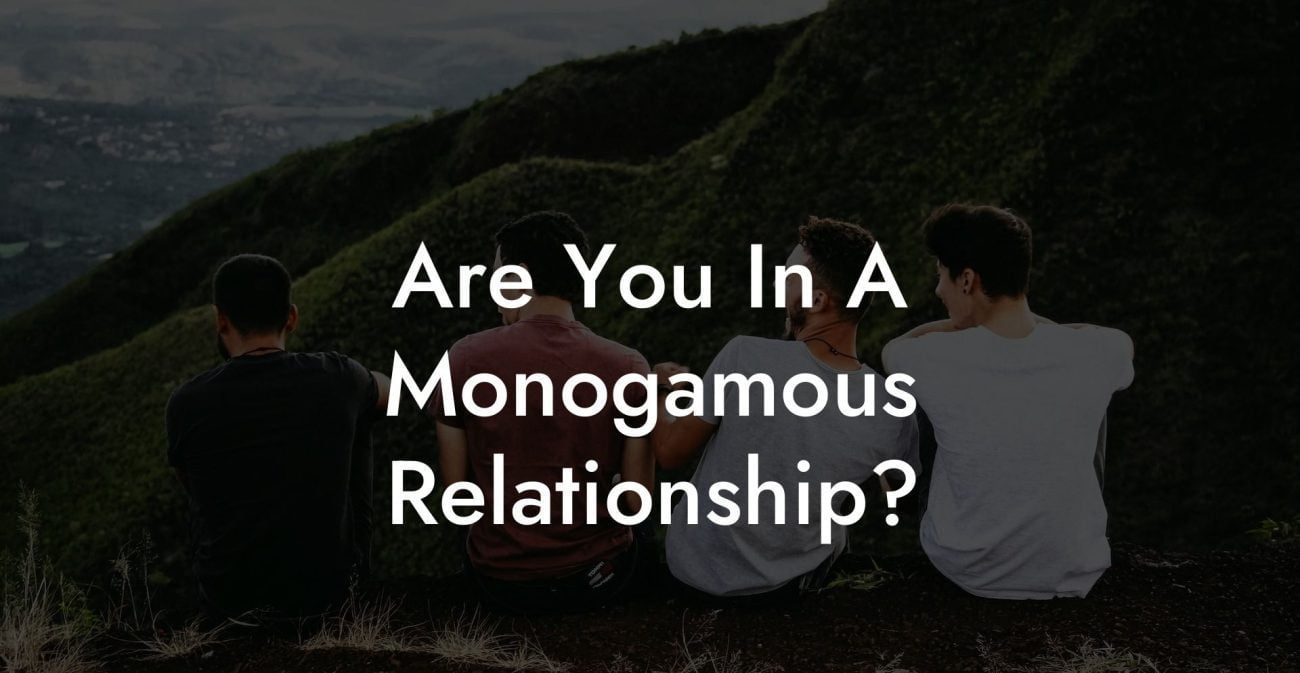Polyamory has become a popular topic in recent years, but many people are still uncertain about what polyamory truly means and how it works. In this article, we will dive into polyamory, or "polyamoria que es" in Spanish, discussing its definition, its origins, and its implications for those who choose to pursue this type of relationship structure. Join us as we explore this fascinating lifestyle and learn about the benefits and challenges that come with polyamorous relationships.
Polyamoria Que Es Table of Contents
What is Polyamory?
Polyamory is a relationship style that involves openly and consensually having multiple romantic and/or sexual partnerships at once. It is different from monogamy, which is the practice of having an exclusive relationship with one person at a time. Polyamory is also distinct from infidelity, as it is based on open communication, consent, and respect for all parties involved.
History of Polyamory
While the term "polyamory" was coined in the early 1990s, the practice of openly engaging in multiple relationships has been a part of human culture for thousands of years. In many societies throughout history, polygamous marriages and relationships were the norm, including ancient Mesopotamia, Egypt, and Israel.
In the 20th century, the rise of more liberal attitudes towards relationships and sexuality led to a growing interest in non-monogamous relationship styles. The modern polyamory movement gained traction in the 1990s and continues to grow today, with many people identifying as polyamorous and seeking out multiple romantic connections.
The Principles of Polyamory
At its core, polyamory is about relationships and love rather than purely about sex. Polyamorous people often hold these key principles at the heart of their relationships:
- Consent: All parties involved must give their explicit consent for the relationship dynamic, and boundaries and rules should be mutually established and respected.
- Communication: Open and honest communication is essential to ensure that everyone's needs, feelings, and expectations are understood and addressed.
- Trust: All partners must trust one another and work towards building a strong emotional connection, even if the relationships are not all based on romantic love.
Types of Polyamorous Relationships
There is no one-size-fits-all approach to polyamory, and people may structure their relationships in various ways. Some common polyamorous relationship structures include:
- Triads: Three people are involved in a committed relationship with each other.
- Vs: One person is the pivot point between two relationships, but the other two partners are not romantically involved with each other.
- Quads: Four people are romantically involved with each other, either equally or in various combinations.
- Networks: A larger group of people is interconnected through various relationships, often with hubs and spokes connecting people in various ways.
Polyamoria Que Es Example:
Imagine a married couple, Ana and Carlos, who have been happily and monogamously married for several years. However, they acknowledge that it is unrealistic to expect one person to meet all of their emotional and physical needs. They decide to explore polyamory together, discussing their limits, expectations, and desires openly.
Ana meets a man named David and forms a strong emotional connection with him, and with Carlos's consent, they start dating. Similarly, Carlos meets a woman named Eva and establishes a romantic relationship with her. Both Ana and Carlos continue to prioritize their marriage while maintaining their secondary relationships with David and Eva, respectively. This is an example of a "V" structure polyamorous relationship, with Ana and Carlos as the connecting partners.
As we have explored, polyamory offers an alternative to traditional monogamous relationships, providing the opportunity for more meaningful connections, personal growth, and emotional support. While it may not be for everyone, polyamory can be a rewarding and enriching experience for those who choose to embrace it. If you found this article intriguing, we encourage you to share it with others and explore more guides on The Monogamy Experiment to learn more about polyamory, monogamy, and other relationship styles.


